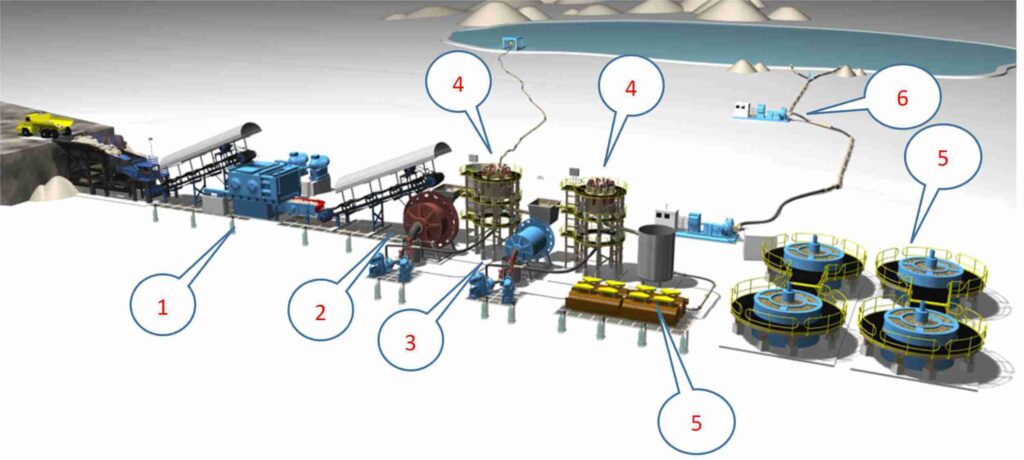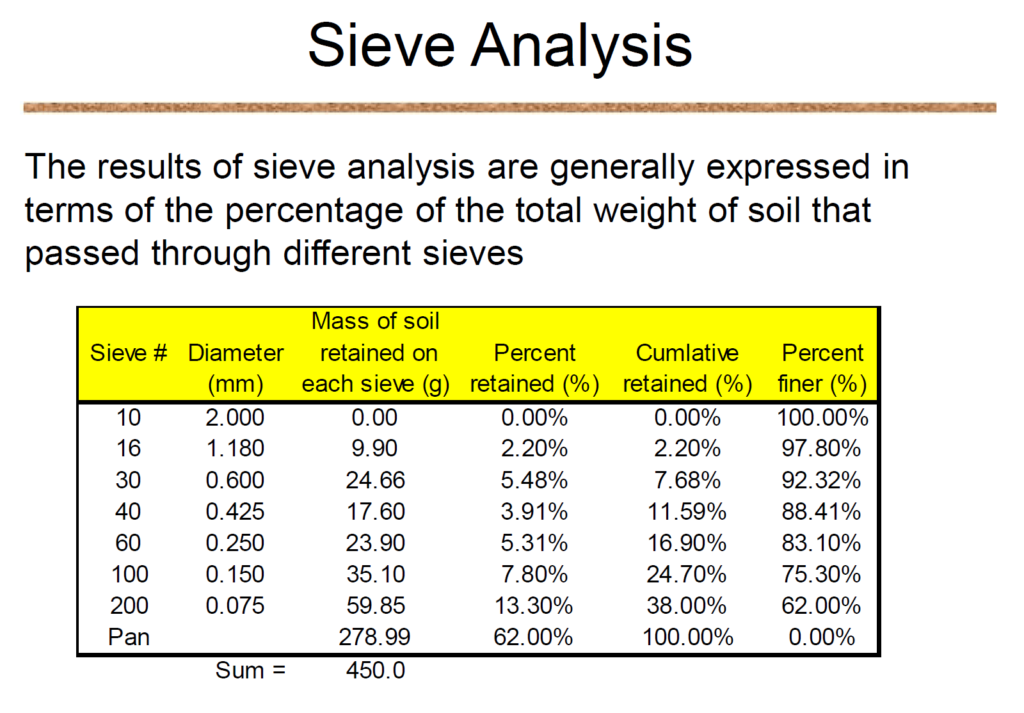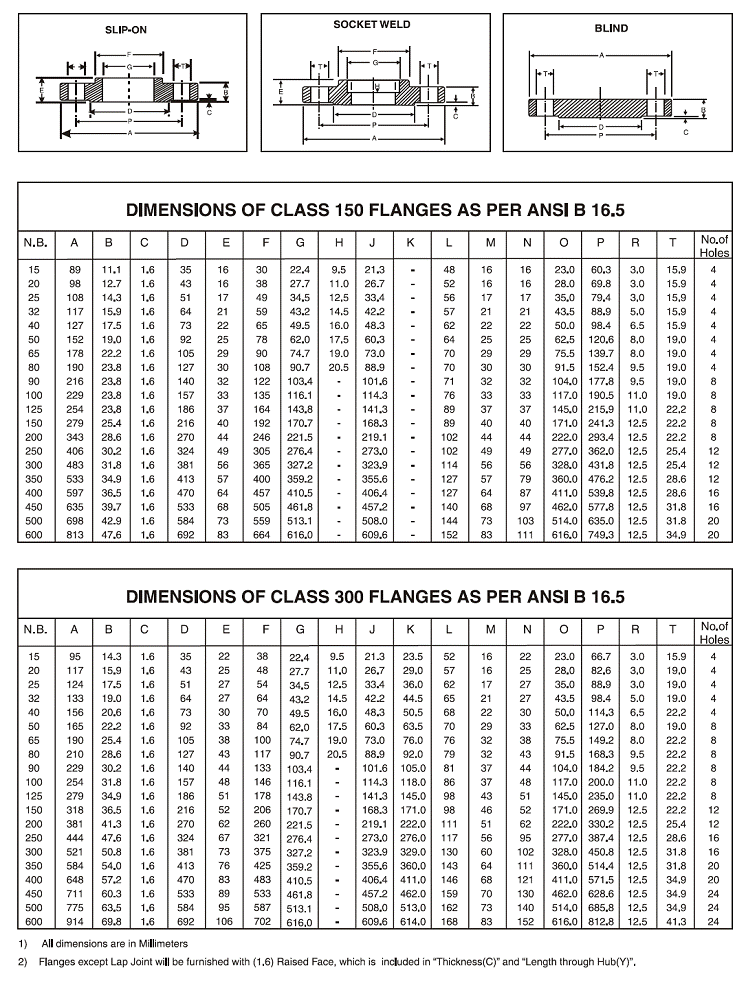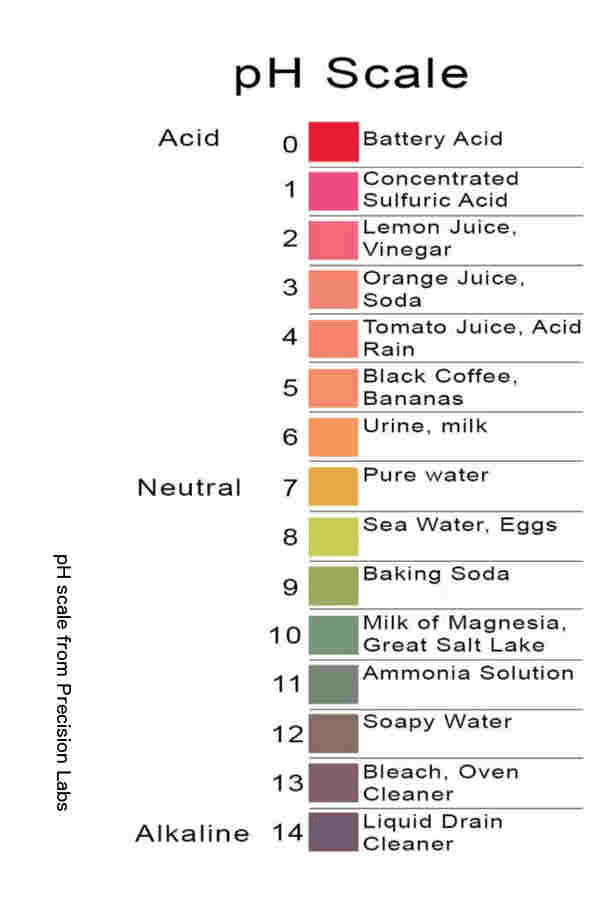FAQs
Valves
A: Knife gate valves are not usually used to modulate the flow of slurry. The slurry will wear the bottom of the blade overtime. KGV’s are designed to operate either fully open or fully close only. Pinch and butterfly valves are much better for regulating flow.
A: Bottom purge valves are designed to push debris through the seat while closing creating a possible hazardous waste discharge. Our Series 80TP, XL, and BA/SD have flush seats and as the valve closes the velocity increases forcing debris from the seat and seal.
A: The 80 BA/SD valve has a bottom and side seal of urethane is encapsulated on both sides by High chrome ports that deflect the abrasive ash from the urethane.
A: Air cylinders are a very cost-effective way of operating valves, but once you get to larger orifice sizes 12” plus, hydraulics cylinders are lighter less bulky, and very effective. In all cases, the installer must ensure there is ample clearance above the valve for the actuation mechanism.
A: Knife gate valves are designed to operate vertically from the pipe centerline! Any other positions are inclined to damage the blade and seat and require separate support for the cylinder.
A: In many cases, we can provide a lockout to lock in the open or closed position.
A: We provide a quick bolt-in replacement kit for our Series 80TP, XL, and BA/SD valves, no rebuild required.
A: We have an optional remote stand-alone hydraulic unit that can be powered by remote electric service or from a service truck.
Yes, you can. Butterfly valves are designed for controlling flow, unlike a knife gate valve that needs to be fully open or closed during operation.
Misc.
A: In mining when processing or transporting solids in a liquid slurry it is important to know qualitative and quantitative information about the solids expected to pass through the equipment being considered. Impact abrasion of heavy or larger particles for alloys and rubber and sliding abrasion of finer particles for urethanes.
The qualitative info for a typical mining circuit is as follows:
- The ore is crushed① to a consistent but often sharp size often about 1”
- Then processed in a SAG② or Rod mill to about 0.5”
- Off to ball mill③ with starting dimensions of 0.25”
- Pulverized fines are separated from cyclone overflow④ to about 0.020” or less
- These important fines are floated over the weir in the Flotation cells⑤ and recovered for final processing
- The tailing or non-essential materials are pumped⑥ to settling ponds for process water recovery and reclaim. This info will help with material selection.

Distribution describes the quantitative amount of these particles in any given sample removed from a process step in question. Typically characterized as “d” (for distribution) the sample will be reported as “d90” or 90% of the sample will be below some particle size as measured by passing the sample through a mesh screen or
“Sieve” of a given size. “d50” means 50% of the sample will pass through a smaller size. See the drawing below. This info will help with equipment performance specifications.
A: The most common flange used for mining and powerplant piping is the ANSI 150 pound style, however, there may be some 300-pound style flanges found as well
Using a tape measure, record the flange width, circumference, and the number of bolt holes. Use the attached “flange chart” to determine the size.
A: pH changes in process chemistry can be very damaging to certain metals and some elastomers, especially when coupled with higher temperature excursions. Viewing the chart below, you can see the 7 is neutral and ± 2 points may have little effect on materials, but for every point above or below 7, the corrosivity is about 10 times greater. With every 10° F increase in temperature, the corrosivity multiplies as well
A: Yes, we have a program that allows customers to send back Townley products and even some other OEM products to be rebuilt for a more affordable cost.
Don’t see your question? Fill out the contact form and we will get back to you shortly.
